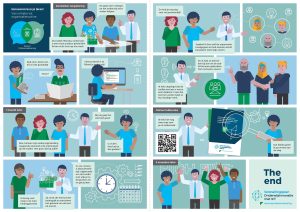
Implementing educational innovations in higher education: from initiation to organizational routine
Educational innovation using ICT has been a priority in higher education for years, due to its impact on the quality

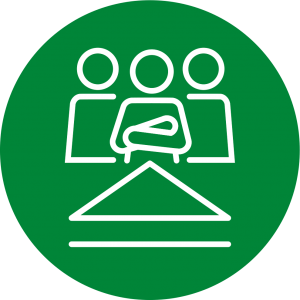
Two online magazines, a very extensive helpdesk: these were the first steps at Rotterdam University of Applied Sciences to facilitate teachers during the COVID-19 pandemic. What is now abundantly clear: you teach as a team. “The teacher is about the content, but is supported in this by others.”
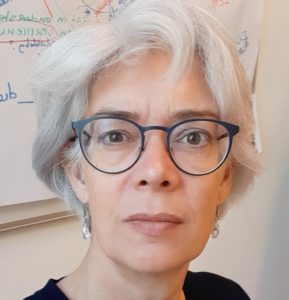 Judith Vennix is the project manager of theeducational learning technology workshop at the Rotterdam University of Applied Sciences. The workshop consists of people who stimulate digitalisation, IT, and educational technology within the university of applied sciences by conducting experiments in education. “For two years now, we have been saying education gets better when you also use modern educational learning technology. Students work a lot with technology. With phone, apps, with the internet. Education is part of society, so we can’t lag behind. That doesn’t mean you should throw out all forms of education. Not at all. But you do have to adapt a bit.”
Judith Vennix is the project manager of theeducational learning technology workshop at the Rotterdam University of Applied Sciences. The workshop consists of people who stimulate digitalisation, IT, and educational technology within the university of applied sciences by conducting experiments in education. “For two years now, we have been saying education gets better when you also use modern educational learning technology. Students work a lot with technology. With phone, apps, with the internet. Education is part of society, so we can’t lag behind. That doesn’t mean you should throw out all forms of education. Not at all. But you do have to adapt a bit.”
And exactly that happened – albeit by necessity – during the pandemic. A crisis management team, drawn up by the board, set out the broad outlines in the institution. The interpretation was left to the professionals. The workshop quickly produced an online magazine about distance education. This was followed by a magazine about remote testing. “It took longer because you have to deal with laws and regulations,” Judith recalls. The assessment of students’ work also turned out to be more complex: “Suppose you give a student a 6.3, what is that three-tenths based on if you can no longer test in the normal way?”
The first bumps in practice became visible. Teachers who wanted to teach online, but did not know-how. “We saw that overall digital literacy had to be worked on. That is precisely what is necessary if you are going to redesign your teaching and must deploy resources to be able to teach in an active manner.” And what to do with the different dilemmas in online teaching? “In the classroom, a teacher can ask any student a question. Online this is more difficult when students have turned off their camera. You don’t even know if they are there, so you have to find other ways to get interaction during a session.”
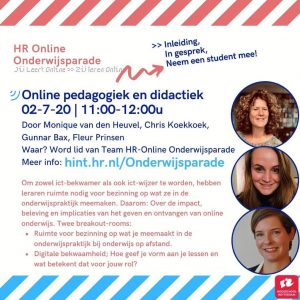
In order to provide teachers with the best possible support, the helpdesk was supplemented by teachers with a great deal of experience with educational learning technology. People from the IT department also participated. Teachers were able to email questions, after which the team members offered assistance byphone. Webinars were also held. Ultimately, it turned out the magazines were used much more than the helpdesk was called upon. “I think people still had the idea the helpdesk was focused on technical problems. We had explicitly said to also also contact the helpdes with educational questions. We’ll communicate this better this year, as we want to continue to use the combination of technical and digital support.” This also translates into the deployment of more IT and education coaches. One coach was already active, now there are three. “ The question from education is relevant and urgent: “Now that we have the resources, how are we going to integrate them nicely into our education?”
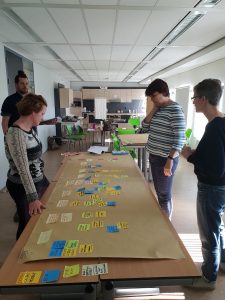
The regular professional development offers for teachers has been shaken up considerably by the COVID-19 crisis, Judith sees. Why choose yet another course, when there are many more options? “Think of learning communities, for example. Or what you want to achieve as a team, instead of just looking at the individual wishes of a teacher.” A small revolution, she thinks. “It’s become much clearer that the teacher is still about the content, but the form can be very well supported by other people. For example, people who can make good knowledge clips or can advise on how to prepare a good formative assessment.”
In the workshop, Judith’s team is working on a tool teachers can use to measure their digital literacy themselves. “This then produces advice, so lecturers know what they can work on. And then we want to see whether we can offer guidance via ICTO coaches, a course, or learning communities. Put colleagues with the same learning questions together and they can start acquiring knowledge themselves.”
These will be permanent elements in the further professional development for teachers. Because it remains necessary, she says. We have now gained so much new knowledge and experience. You don’t just let go of them. “I don’t see a lecture with 500 people on location happening anytime soon. We know splitting this up into knowledge clips in combination with (online) group counselling works much better and als a result, fewer students drop out. The world of educational technology never stands still, so it’s important to keep studying it.”
Interview: Hester Otter
This is part 2 in a series of a total of 6 interviews with participants in the Professional development zone. In the interviews, they share practical experience and inspiration for supporting teachers in educational innovation with ICT.
Judith’s tip:
“Look for people within the organisation with a lot of knowledge and ideas about educational development. Bring them into contact with each other, for example in a collaboration environment or on the intranet, so they can share their ideas. This in turn inspires other colleagues to do even more with educational development. And the organisation is reaping the benefits.”
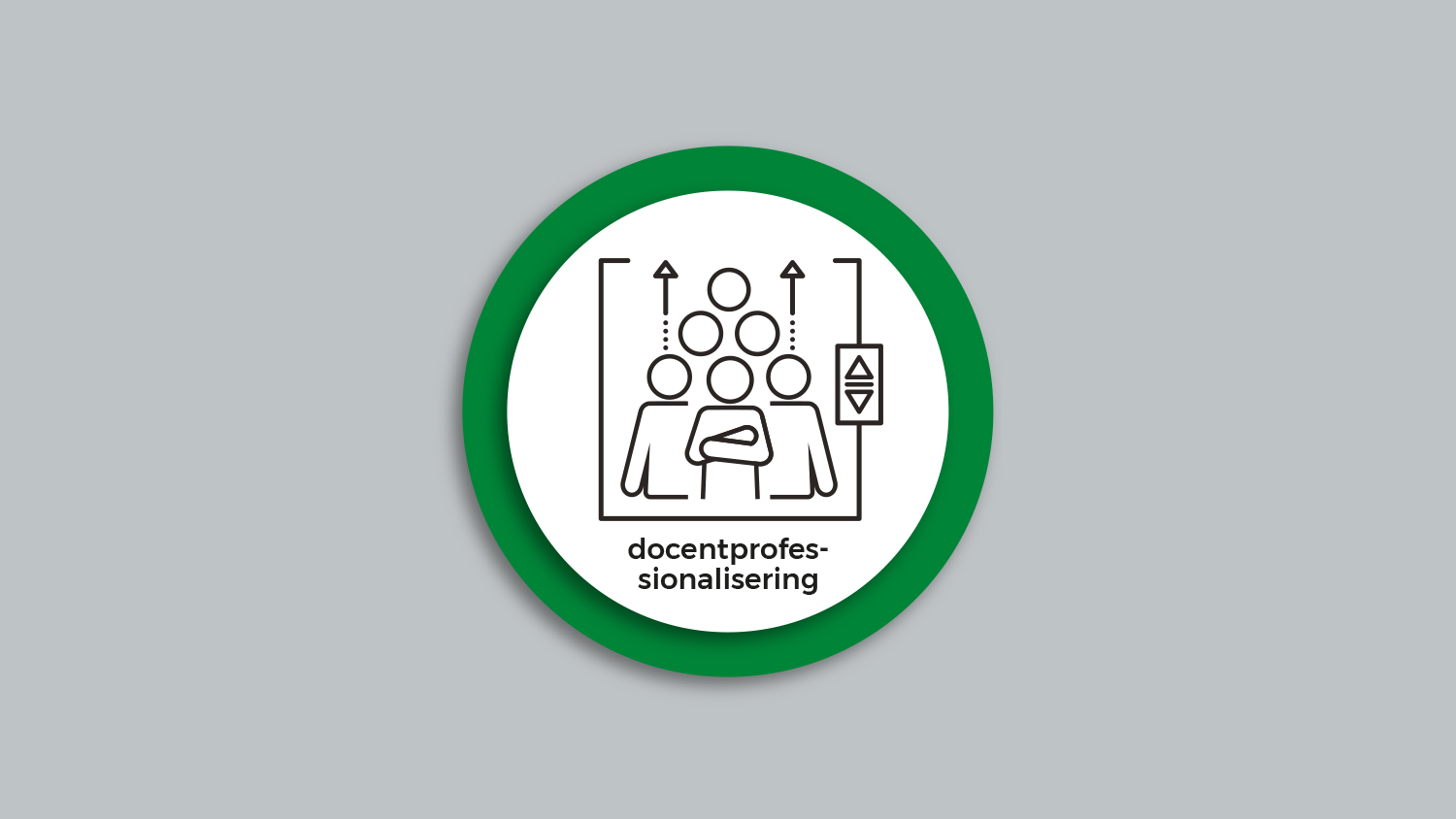
Share this page

Educational innovation using ICT has been a priority in higher education for years, due to its impact on the quality
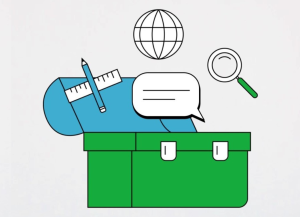
Blended learning. A concept that is high on the agenda in education land. Are you working on blended learning within
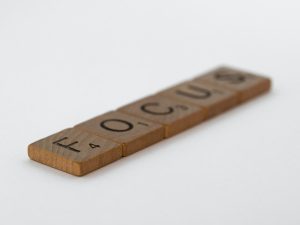
Making optimal use of the possibilities of IT in higher education requires new knowledge and skills from lecturers. As a
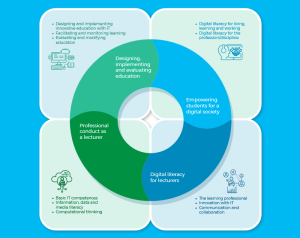
Do you want to know which digital competences of lecturers are relevant for educational innovation with IT? Then get to